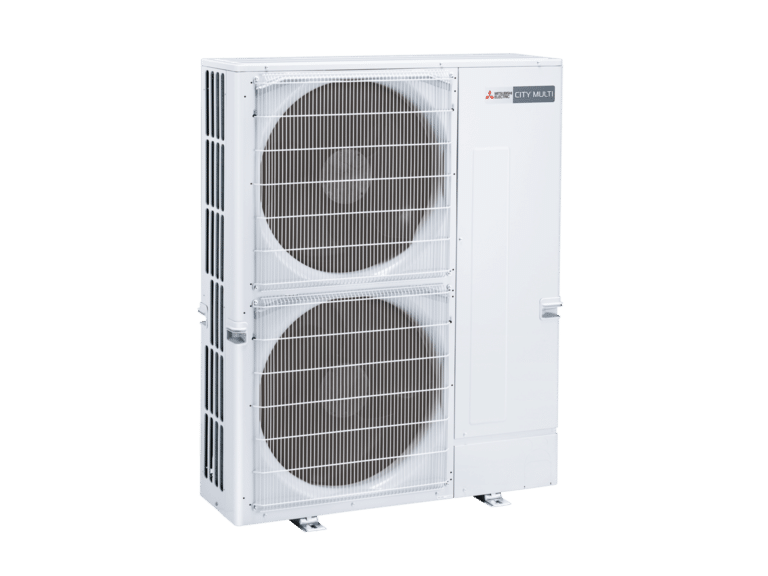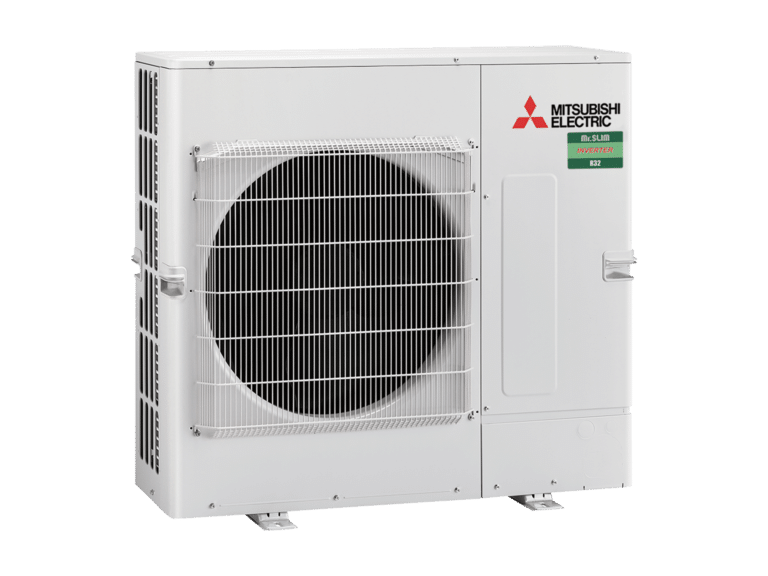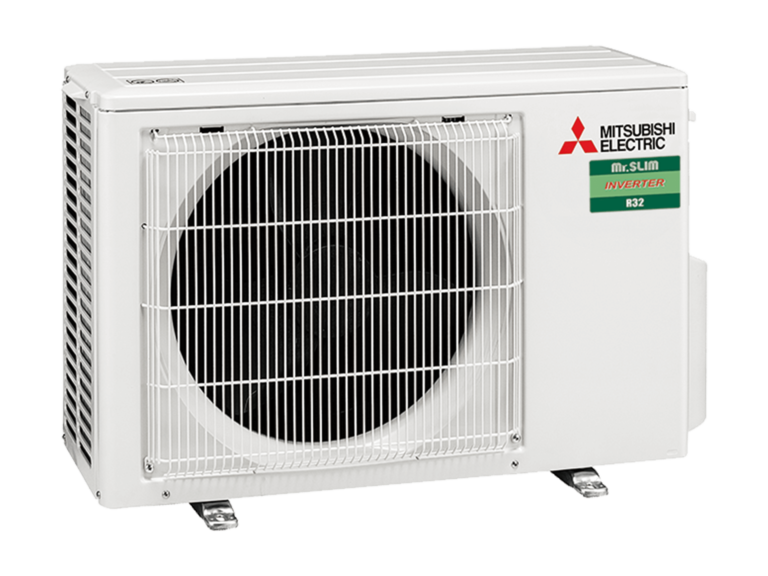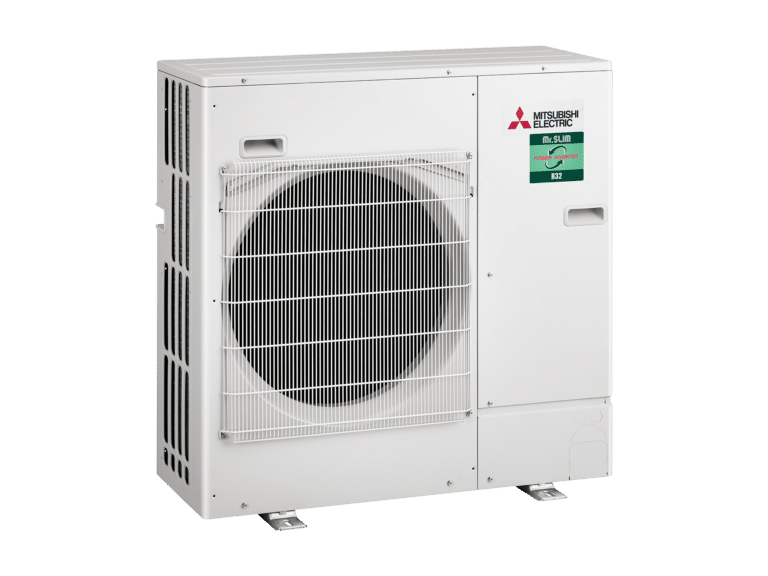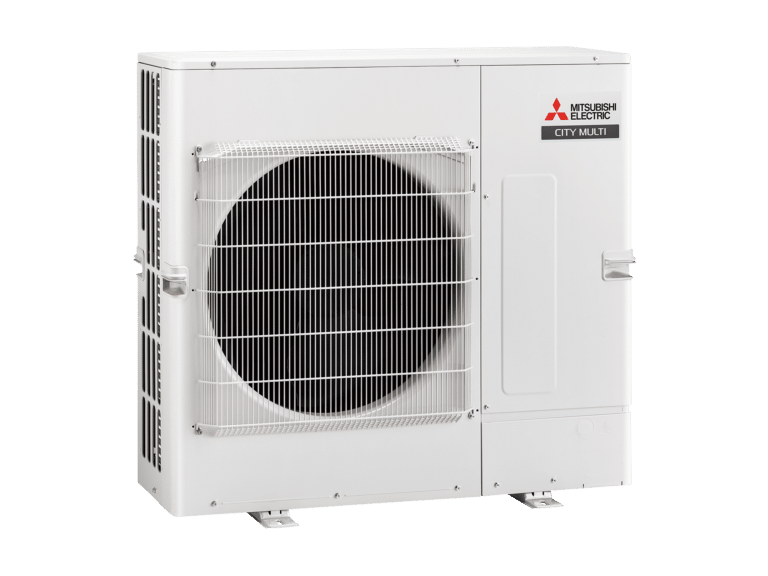- Our difference
- Products
- Products
- Air Conditioners
- Air Conditioners Range
- Wall Mounted Air Conditioners
- Floor Console Air Conditioners
- Ducted Air Conditioning
- Multi Head Split System Air Conditioners
- Ceiling Cassette Air Conditioners
- Bulkhead Air Conditioners
- Outdoor Air Conditioning Units
- Single Room Air Conditioner
- Multi Rooms Air Conditioner
- Whole Home Air Conditioner
- Wi-Fi Controlled Air Conditioning
- Air Treatment
- Fridges and Freezer
- Air Conditioners
- Products
- Products
- Solutions
- Support
- News
- Where to buy
